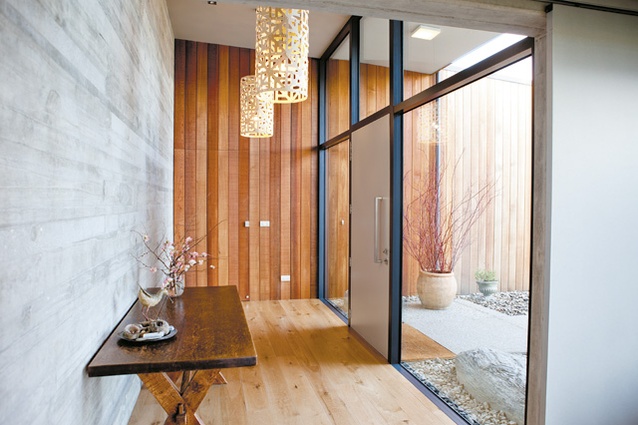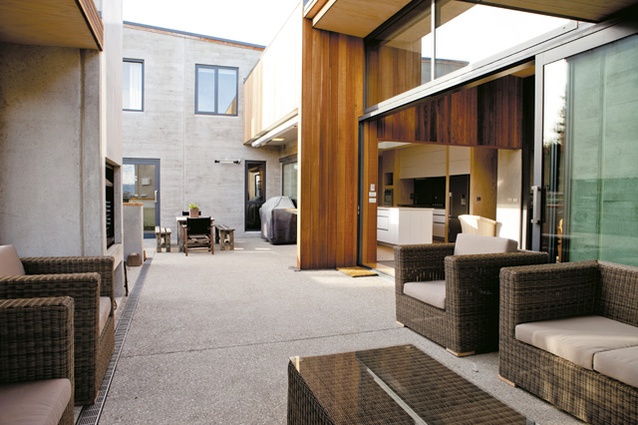Wanaka House by Rafe Maclean Architects
The residents of this Mount Gold Place house, in the eastern part of Wanaka, have missed the first rush but it is easy to see why they are drawn to the area. Rafe Maclean’s clients purchased this hilltop section with spectacular long views out over Lake Wanaka to the west and to Mount Gold to the north.
Wanaka is one of the few areas in New Zealand to enjoy a continental climate with four distinct seasons. It is dry, with hot summers and cold winters.
The clients are long term locals so they knew they wanted a house that would be cool in summer and warm in winter, and also provided shelter from the strong winds off the lake. These environmental considerations of warmth, safety and shelter informed the initial brief for the house.
After being involved in a number of building projects over the years this house, the clients told Maclean, would be their last project or the ‘last retreat’. This was to be a place for generations to come to enjoy - permanent and solid.
The house, which is elevated from street level sits low and proud on the site, half dug in to shelter the interior from the variable conditions. Low angle roofs make the home sit on the site comfortably, while the two storey bedroom wing means that the house makes the most of the views towards Mount Gold.
The idea of the house as a retreat is explored through the use of heavy mass set against structural lightness. Most of the walls are textured insulated concrete panels that were designed and prefabricated locally. They act as a reliable heat sink for the Wanaka temperature fluctuations.
With the concrete panels, the detailing of the junctions to the floor slab were carefully considered with an emphasis on eliminating any transfer or loss of heat from the floor to the walls. This aspect of the house was designed with the careful help of the structural engineer, Paula Hugans, of Green Being Ltd. A 16kw air-to-water heat pump heats the house through hydronic heating in the floor slab, with solar tubes heating the domestic water.
Maclean says he did not want the use of concrete to make the house feel like a ‘bunker’. The warmth from the cedar timber and plenty of windows showcasing the knock-out views have prevented this from happening, while at the same time adding several layers to the textural palette.
Another important part of the brief was that the house easily accommodate the clients extended and expanding family.
The spatial flexibility required is partly demonstrated through easy access to courtyards and side rooms. The large kitchen hub, connected to dining and living spaces also opens out onto the large outdoor living area to the north and another to the east. The northern space is protected with a roof and bi-fold doors that can be closed against the nor west winds. A large open wood fire ensures that if the doors are not quite enough, guests will still be warm.
This house is light, but without glare and feels solid but not oppressive. It is a place that will make a perfect family retreat for years to come, just as planned.











